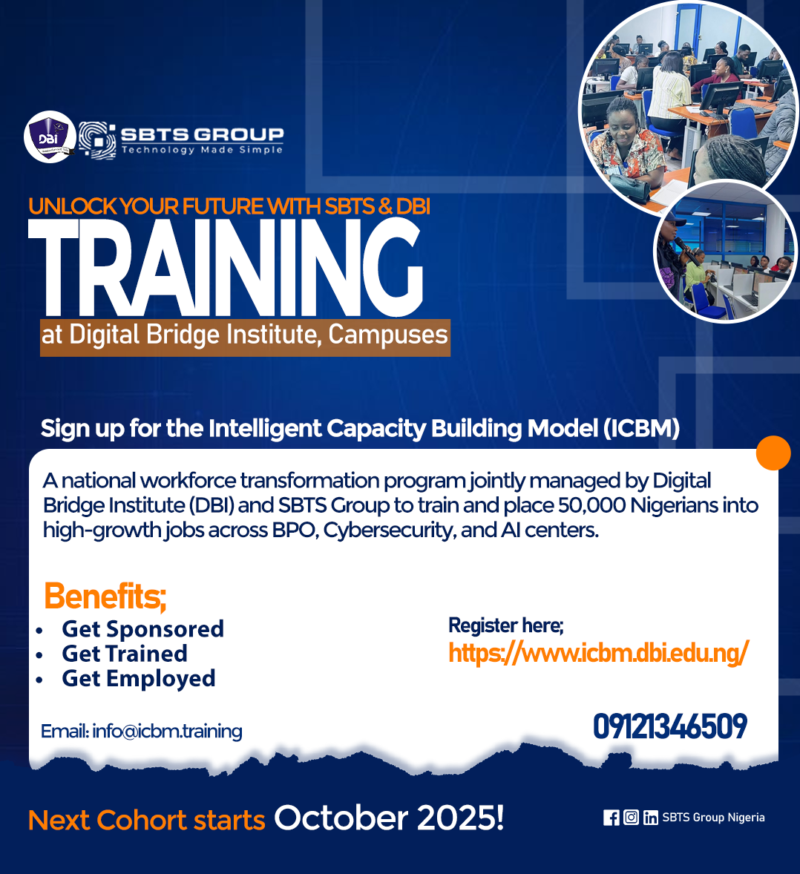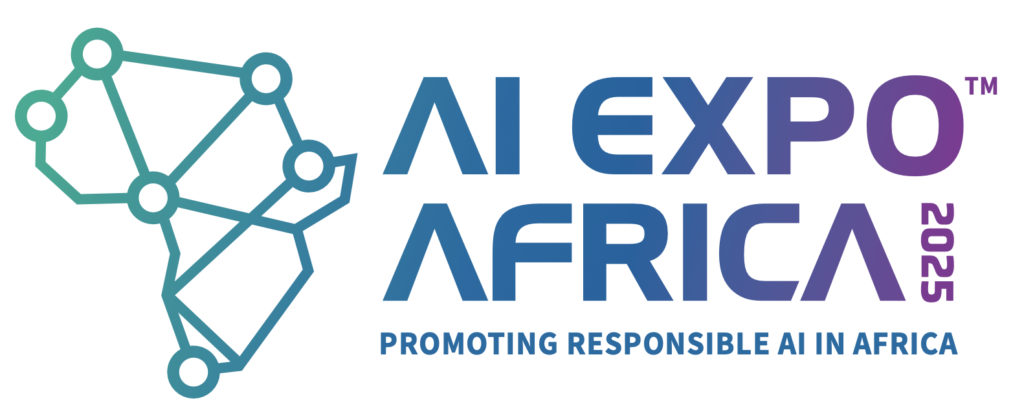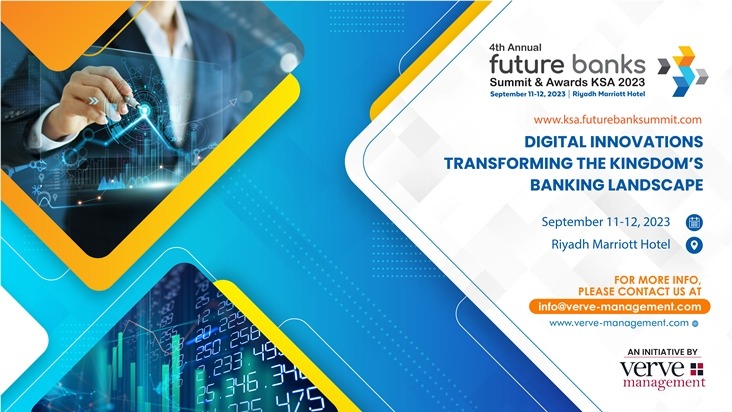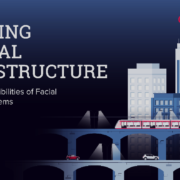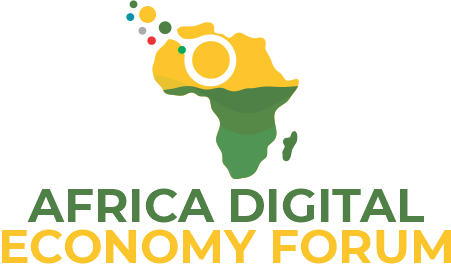By Kgomotso Chaka, Change Consultant at Change Logic
Behind every digital leap is a human decision. A decision to trust the process, learn a new way, shift a mindset, or step outside a comfort zone. In financial services, where innovation and regulation intersect, these decisions shape the success of modernisation efforts. This was never more evident than in the rollout of PayShap, South Africa’s real-time payment solution.
At first glance, PayShap may appear to be merely a technological achievement, a secure, rapid payment infrastructure built to serve consumers better. But its success wasn’t merely in the speed of transactions or the stability of systems.
It lays in the collaboration between people and institutions, and in the conscious effort to make change manageable, inclusive, and empowering. That’s the story of how BankservAfrica, supported by Change Logic, redefined transformation not just as a technical shift, but as a human one.
Why the human factor matters
As financial systems modernise, the industry tends to focus on the functional, think interoperability, architecture, integration, and compliance. But these components, no matter how well-designed, are not self-executing. People implement them. People adopt them. People drive the outcomes.
Too often, change management is treated as a supplementary activity or as something that trails behind a project plan. But in large-scale initiatives like the Rapid Payments Programme (RPP), the risk of failure isn’t just technical; it’s cultural. Without buy-in from diverse end-users, teams, and institutions, even the best technology can stall.
BankservAfrica understood this.
With the launch of PayShap, the challenge was not only to introduce a groundbreaking payment system but to unite a highly varied ecosystem of banks, each with its own operating models, customer strategies, and organisational cultures. This called for a shift in approach, from top-down rollout to collective transformation.
A framework designed for people
Our role at Change Logic was to design a change management framework built not just to support the project, but to centre the people involved. From the outset, we knew that engagements and education, were not optional extras but rather foundational principles that would shape success. Our goal was to humanise the transformation journey by ensuring that everyone involved understood the why, felt supported through the how, and was empowered to embed the what.
We designed the framework around three clear phases, namely preperation, implementations, and reinforcement. Each phase addressed specific needs: understanding the why, navigating the how, and embedding the what.
Tools ranged from practical templates and training modules to readiness assessments and feedback loops. But what really set the approach apart was its adaptability. Every participating bank could tailor the framework to its unique context, creating a sense of ownership rather than obligation.
This wasn’t change imposed from the outside. It was co-created transformation.
From collaboration to capability
Our role went beyond coordination. We built capacity within BankservAfrica’s teams and among external stakeholders to lead and manage change themselves. This was critical. Transformation cannot be sustained if it depends on a small group of experts. The knowledge and confidence to lead change must be distributed and owned by the people on the ground.
The result was more than implementation. It was alignment. Banks moved in sync with one another. Communication became consistent. Expectations were shared. Trust was built. And most importantly, people felt seen and supported through the journey.
The numbers tell part of the story: PayShap launched in record time, outpacing similar initiatives globally.
But the deeper success was in the sentiment. Stakeholders rated the change approach highly. Internal assessments showed strong support for the project. And, unlike many modernisation efforts, there was no major stall, backtrack, or erosion of confidence.
Inclusive transformation
Financial inclusion is not only about who can access systems; it’s about who feels part of the transformation journey. PayShap’s vision was to create a real-time payment solution that served everyone from tech-savvy users in urban centres to individuals in rural areas using mobile platforms. But this level of inclusion can’t be achieved through technical innovation alone. It requires trust.
That trust is built through communication, education, and active engagement. We worked hard to ensure that change wasn’t happening “to” people, but “with” them. That every stakeholder, from project leads to frontline bank staff had the clarity and confidence to navigate the shift. And that the framework we developed wouldn’t just serve this project, but future projects as well.
A new standard for change in financial services
Working on the PayShap project really proved to me that when change is humanised, it moves faster, lands better, and delivers more lasting value. In contrast to other countries where similar payment programmes have taken a decade or more to implement, South Africa demonstrated what is possible when people are placed at the centre of transformation.
This is the lesson I hope more leaders will carry forward: transformation is not just a tech project. It’s a people project. And the organisations that embrace this truth, those that lead with empathy, plan with intelligence, and build with inclusion, will be the ones that truly modernise.
As we head into Women’s Month, I’m reminded of the emotional labour often carried by women in organisational change, that is mentoring, guiding, listening, and explaining. These are not soft skills; they are strategic assets. When we value and elevate these human strengths in our transformation efforts, we not only advance technology, but we also build a future that works for everyone.












